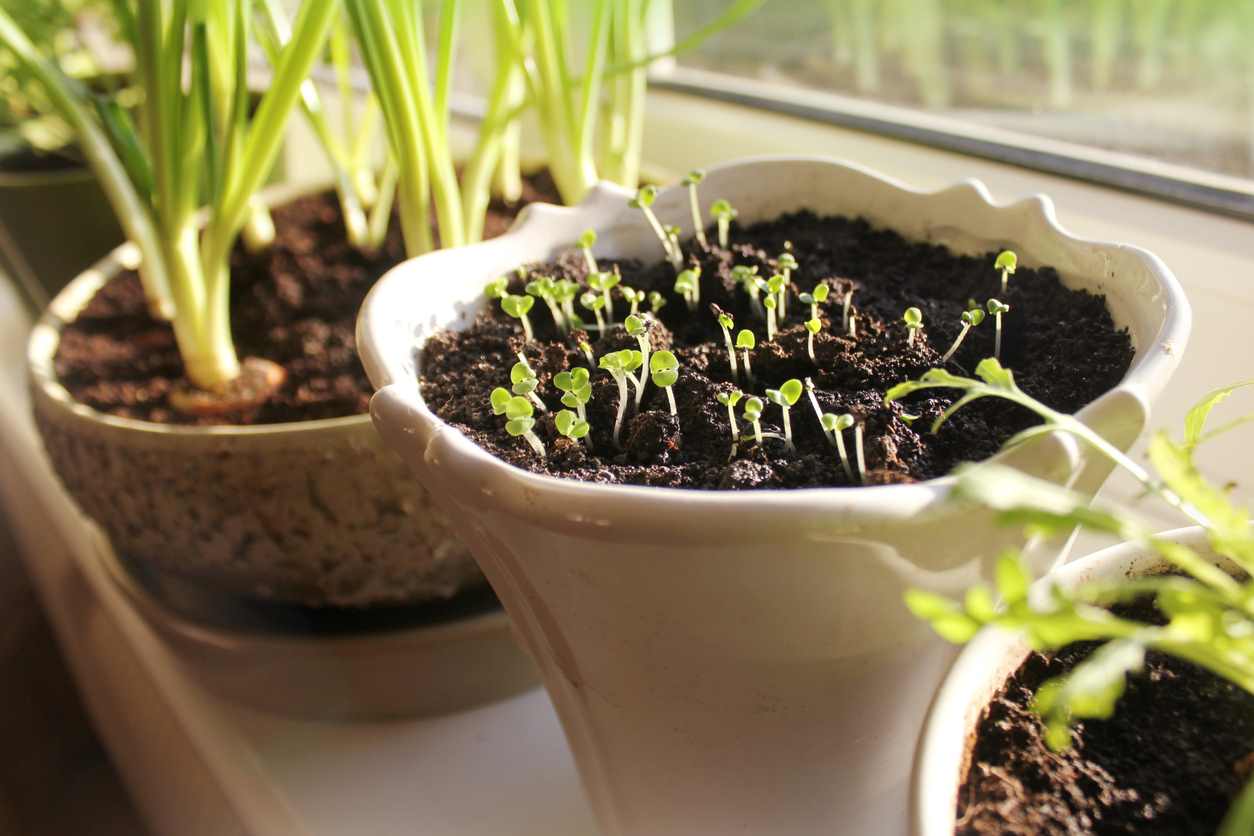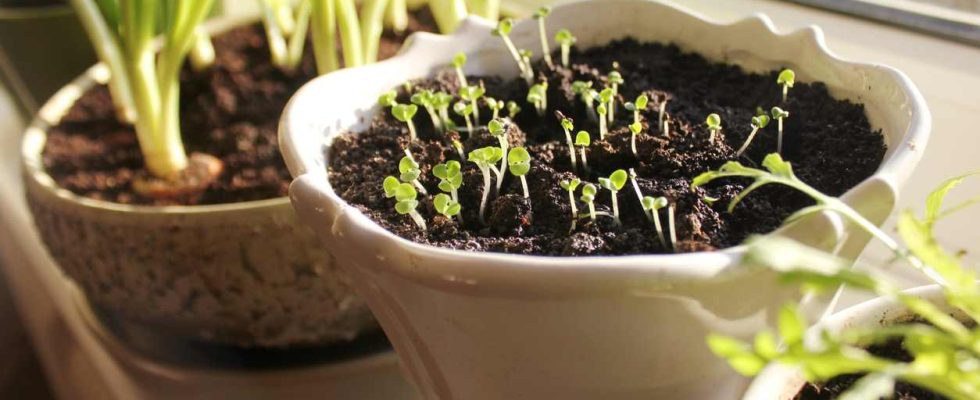
Month of January
It is a special month since temperatures are generally not favorable for germination and the days are still short. However, some sowing is possible under certain conditions. It’s important to take into account your region and climate which is his. These elements will be important to determine if you can sow in open ground or if you must do so under cover.
Regardless, some slow germinating vegetables, like tomatoes, peppers, etc. benefit from being sown early.
What to sow in January?
In a greenhouse
If you live in a region subject to mountain influences, even in a greenhouse, it is not recommended to make seedlings. Elsewhere, you can sow in a greenhouse or under a tunnel by creating a warm layer, in order to raise the temperature inside your structure. Here is what you can sow:
- Winter or spring lettuces : As they do not like heat, they lend themselves well to this type of sowing. Sow 1 cm deep in rows 10 cm apart.
- Carrots and turnips to force : If you sow them on a warm layer, you will be able to harvest them from the first days of spring.
- Radish : They are also to be sown on a warm layer.
- Cauliflower and broccoli : You can carry out broadcast sowing in boxes. You will be able to harvest them from May until July. To be able to harvest all year round, you will then just need to sow new seeds throughout the year.
- Summer leeks : Sown on a warm layer, they can be harvested in May-June.
- Onions, lamb’s lettuce and watercress : If you have a greenhouse that is well insulated or you live in a region where the climate remains mild, you can try sowing these vegetables.
- Peppers and eggplants : These sowings can be started during the second half of January, especially if the plants are intended for cultivation in a greenhouse. If you want to plant them in the ground, it is best to wait until February.
In the open ground
In January, sowing in open ground can only be considered in regions around the Mediterranean or in those where temperatures remain mild throughout the winter. If you are lucky enough to live in one of these regions, here is what you can sow in the ground in January:
- Winter spinach: These can tolerate cold and lack of light.
- Peas and mange tout : They manage to germinate around 5°C. Their other advantage for the vegetable garden is that their roots capture nitrogen from the air to return it to the soil.
- Beans : Germination takes place at around 8°C and they too have the advantage of fixing nitrogen. They are to be sown in holes 5 cm deep, that is to say by putting 3 to 5 seeds per hole to obtain a more vigorous plant. Space plants and rows 50 cm apart.
- Potatoes : If temperatures are around 10°C, you can sow the first potatoes. Still plan a tunnel to protect your young plants if frost is forecast.
- Leeks : They can germinate from 3°C, but you can also germinate them indoors.
Warm, inside
For mountain regions where snowfall and frost are common, the only option left to start sowing is to do so in a heated greenhouse or in one’s home. Here are some vegetables that you can sow indoors:
- Eggplant : Their germination and growth being quite long, it is interesting to sow them in January in individual pots.
- Tomatoes : If you have mastered their development, otherwise it is better to wait another month.
- Peppers and chillies : You can sow seeds in peat pots and store them indoors.
- Summer onions : If you have a greenhouse heated to between 10 and 15°C, you can sow onions.
After germination, make sure your plants benefit from good light to prevent them from wilting.
Prepare for the next season
Like the month of December, the month of January is not rich in planting. On the other hand, don’t forget that from February, there will be many more sowings to be made and it is therefore important to anticipate. You can therefore take advantage of the month of January to plan your upcoming sowings and to check that you have all the seeds you will need.

